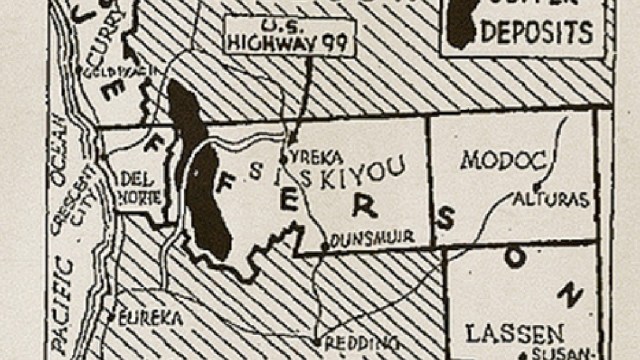462 – Gridding London
n
.
n
American cities are gridded, and thus easily readable and navigable. Their Old World counterparts are older, messier and much more disorienting. That is the conventional wisdom. London stands as a prime example of the latter layout, with an organically grown, bewilderingly chaotic street plan.
n
.
n
Entry #417 on this blog discussed a proposal to impose a hexagonal grid onto London’s maze of streets and squares. But does London really need to be shoehorned into an externally-imposed straitjacket? It already has a grid, even if it is not neatly symmetrical.
n
.
n
This map, produced by Matthew Lancashire, shows central London as a relatively simple grid of main thoroughfares, connecting a few dozen central points, and demarcating some of London’s better-known areas.
n
.
n
The grid’s southern edge, for example, is a straight line from Sloane Square to Bermondsey, via such landmarks as Victoria Station, the County Hall, the Tate Modern museum, Shakespeare’s Globe, etc. The lines connecting these dots are King’s Road, Victoria Street, South Bank and other well-known traffic arteries. Lines and dots are presented uniformly, but in fact are highly variable in size and nature. The King’s Road is a traffic-choked shopping street, but South Bank is a pedestrian-only zone. Victoria Station is a huge complex, the Globe a relatively small building.
n
.
n
Further north, the schematic of dots and lines is used to bound city quarters such as Soho (hemmed in between Oxford Street, Tottenham Court Road, Shaftesbury Avenue and Regent Street) or Brompton (the triangle between Brompton Road, Sloane Street and Sloane Avenue).
n
.
n
Mr Lancashire’s map is an interesting companion piece to Harry Beck’s world-famous, oft-imitated Underground Map. That schematic has become such a success at representing the city that it is London’s main navigational instrument.
n
.
n
The city has thus, for many travellers, been reduced to a highly streamlined map, more easily navigable by its underground legend than by the actual streets laid out on its messy topside. London has disintegrated into hundreds of small universes all uniformly accessible by, and centred on, a Tube station. This grid map of central London repairs the imbalance somewhat, instilling an overviewable order on the surface by reducing its chaos to a limited number of landmarks, arteries and neighbourhoods.
n
.
n
Many thanks to Mr Lancashire for sending in this map, found here on Flickr, but entered in the series of hand-drawn maps now featured on the Londonist website.
n






